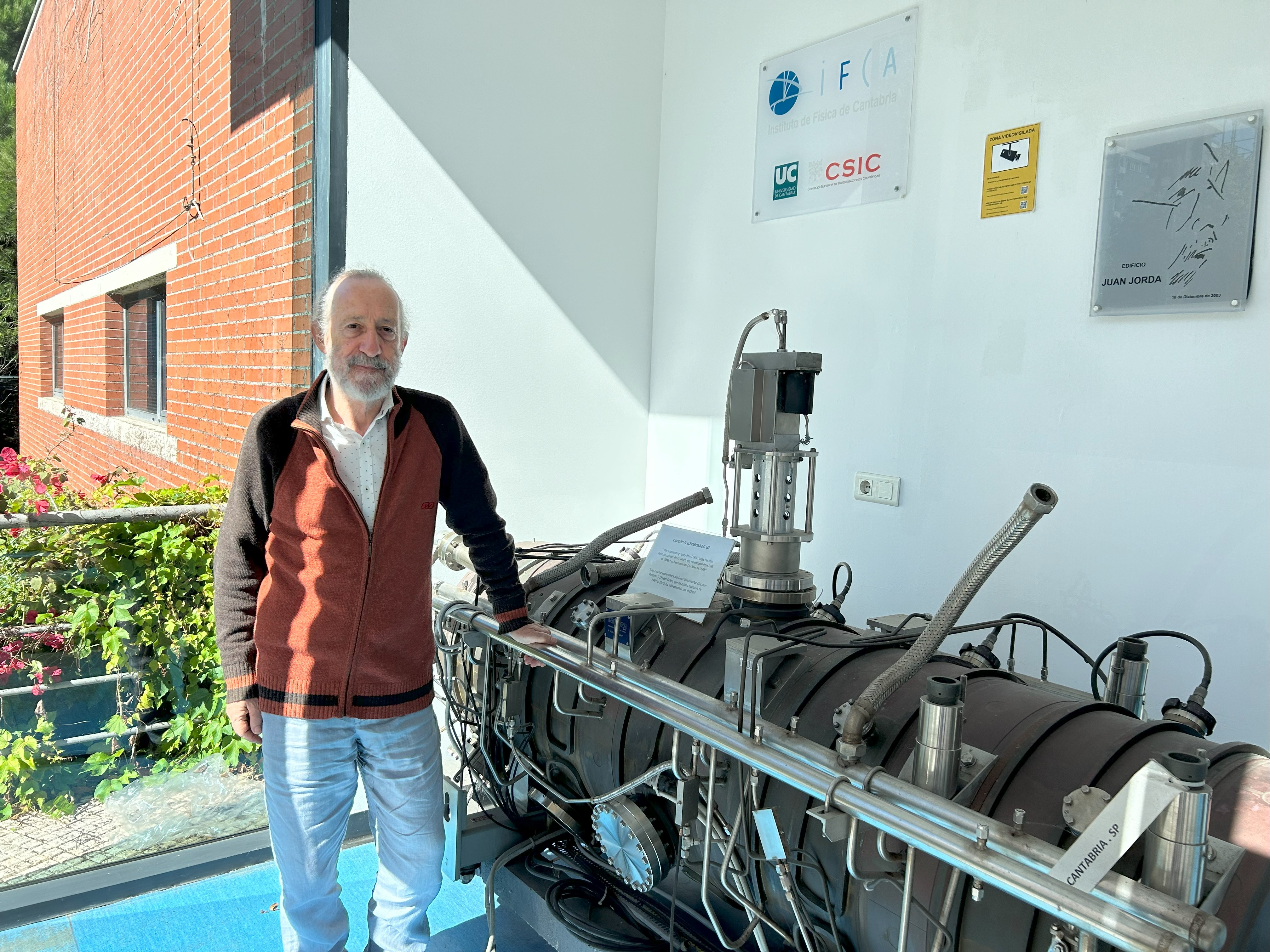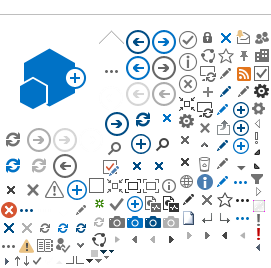Professor Emeritus Alberto Ruiz-Jimeno, reviews the history of the Cantabrian research group, the starting point for the creation of IFCA
In Santander, October 1, 2024
On October 1, 1974, the Cantabria High Energy group was created, which
today celebrates its fiftieth anniversary. This milestone coincides with the creation, seventy years ago, of the European Laboratory for Nuclear Research, CERN for its French acronym. Professor Emeritus of Atomic, Molecular and Nuclear Physics and former Vice-Chancellor of the University of Cantabria (UC), physicist and researcher in the Particle Group of the Institute of Physics of Cantabria (IFCA, CSIC-UC),
Alberto Ruiz-Jimeno, tells us about the history of the group.
The beginnings
What began in 1974 as a small group with scarce resources, has evolved, investigating nuclear structure using nuclear emulsions, to the point of collaborating with high-level national and foreign groups, even working with CERN, despite the fact that Spain was not part of the organization at that time. The group's first efforts led to the photoproduction of the quark charm, a particle first discovered in 1974, which was photographed using nuclear emulsions. Later the group participated in the first developments of silicon semiconductor detectors, where they tried to produce the quark beauty, discovered at Fermilab, Chicago, in 1977.
In the early 1980s, the Plan Movilizador de Altas Energías (High Energy Mobilization Plan) was created in Spain, with the aim of strengthening research groups in the field. It was then that this group was asked to collaborate in the DELPHI experiment at CERN's LEP (Large Electron-Positron Collider) accelerator. At DELPHI, the group's activity was initially focused on the coordination of the tau lepton physics group and on fast simulation, and later on Higgs boson searches. Its activity was well recognized internationally.
Pioneers on the web
As a result of the growing Spanish collaboration in High Energies, including the aforementioned DELPHI experiment, the FAENET communications network was created, the precursor of the IRIS network, the current communications network in force in Spain, which connects all academic institutions. This network was coordinated by Ignacio Martínez, then head of Computer Science at the Department of Modern Physics of the University of Cantabria, who was succeeded by the computer scientist Ángel Camacho, who did his thesis at DELPHI, in collaboration with Tim Berners Lee, creator of the World Wide Web. This relationship led him to create in 1994 the first Spanish web page, which served the High Energy group.

Alberto Ruiz-Jimeno next to a part of the LEP (Large Electron-Positron Collider) accelerator cavity, operational from 1989 to 2000.
From the High Energy Group to the Institute of Physics of Cantabria
In 1994,
Dr. Teresa Rodrigo Anoro, recently arrived from the CDF (Collider Detector at Fermilab) experiment at Fermilab, who had participated in the discovery of another of the fundamental particles of the universe, the top quark, joined the group. As a result of its incorporation, two complementary activities are carried out: the group joins the second part of the CDF, and on the other hand, the group collaborates in the preparation of the CMS (Compact Muon Solenoid) experiment of the LHC (Large Hadron Collider), focused on the discovery of the Higgs boson.
On June 8, 1995, thanks to the initiative of the Modern Physics research groups - the High Energy, Astrophysics and Nonlinear Mechanics groups - the Institute of Physics of Cantabria (IFCA) was created through a collaboration agreement signed by the President of the Spanish National Research Council (CSIC) and the Rector of the University of Cantabria.
Within its research trajectory, the Cantabrian team collaborating in CDF, contributed to two important discoveries, the matter-antimatter oscillations of the Bs mesons and the discovery of the production of the single top, as well as in the work that led to the so-called evidence of the production of the Higgs boson.
On the other hand, the figure of Teresa Rodrigo Anoro was crucial for the progress of the group, becoming president of the Collaboration Board, that is, the “parliament” that brings together all the institutes involved in the CMS experiment, just at the time when the Higgs boson was discovered, in July 2012.
At present
Today, the IFCA group continues research to define the parameters of the Higgs boson and advance physics beyond the Standard Model of particle physics. Consolidated as
a reference in its field, the group has started an experiment to search for dark matter, known as DAMIC-M, led by researcher
Rocío Vilar Cortabitarte. In addition, it participates in the improvement and upgrade of the LHC, preparing it to reach a high luminosity period, with direct responsibilities in the internal silicon detector of traces and vertices.
On the other hand, the Cantabrian team is working on future developments for the creation of a Higgs factory, which will allow to study in detail its properties. To this end, there are several projects, with the collaboration of centers around the world, including IFCA, for the definition and approval, if necessary, of future accelerators for the Higgs and to discover new physics beyond the standard model.
Sandra Carcedo / IFCA Communication
